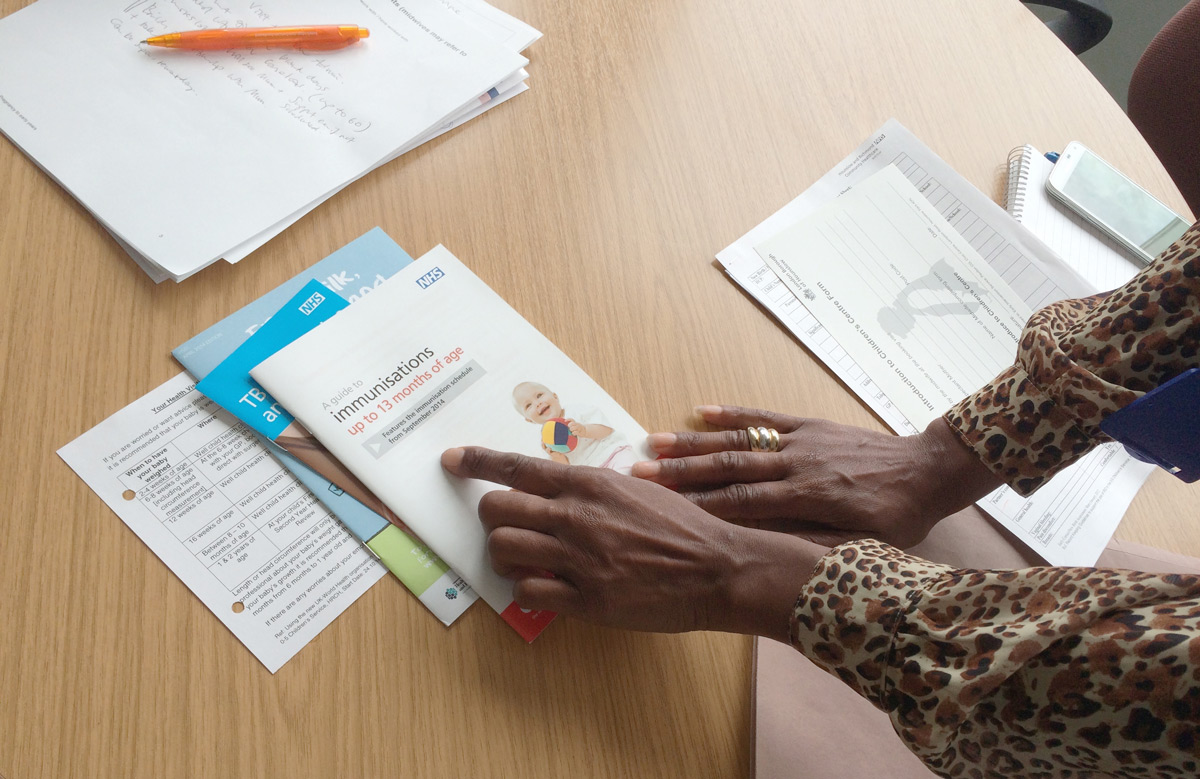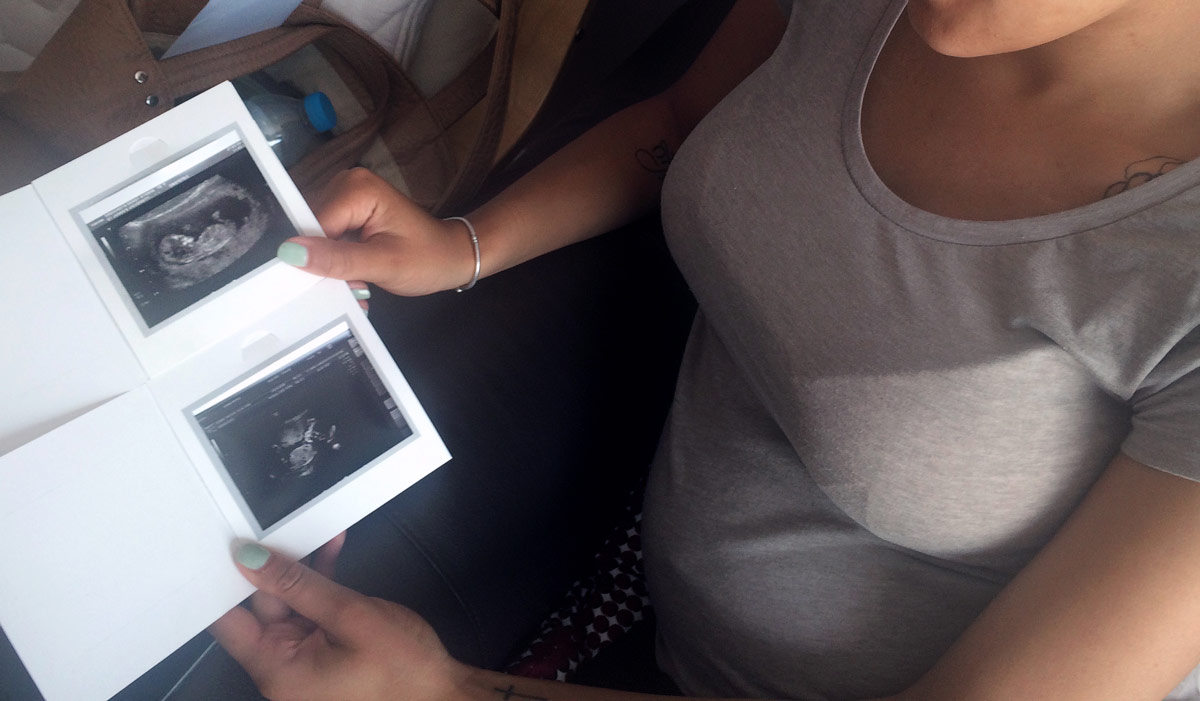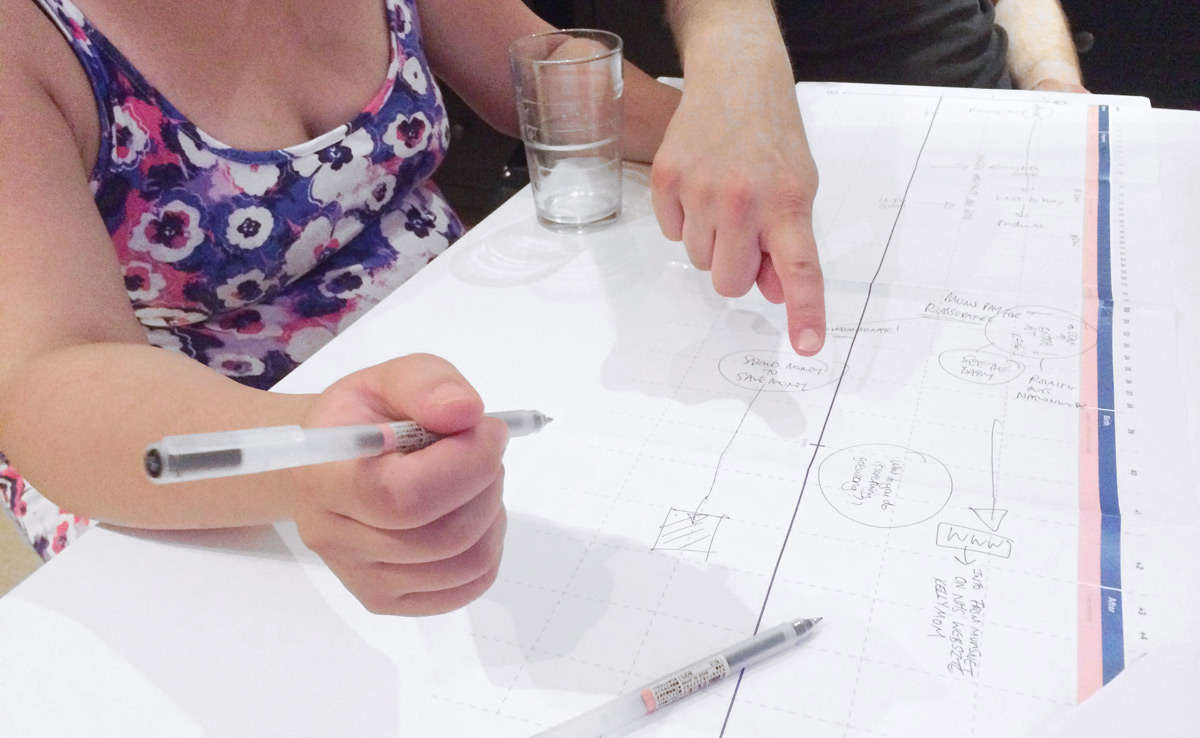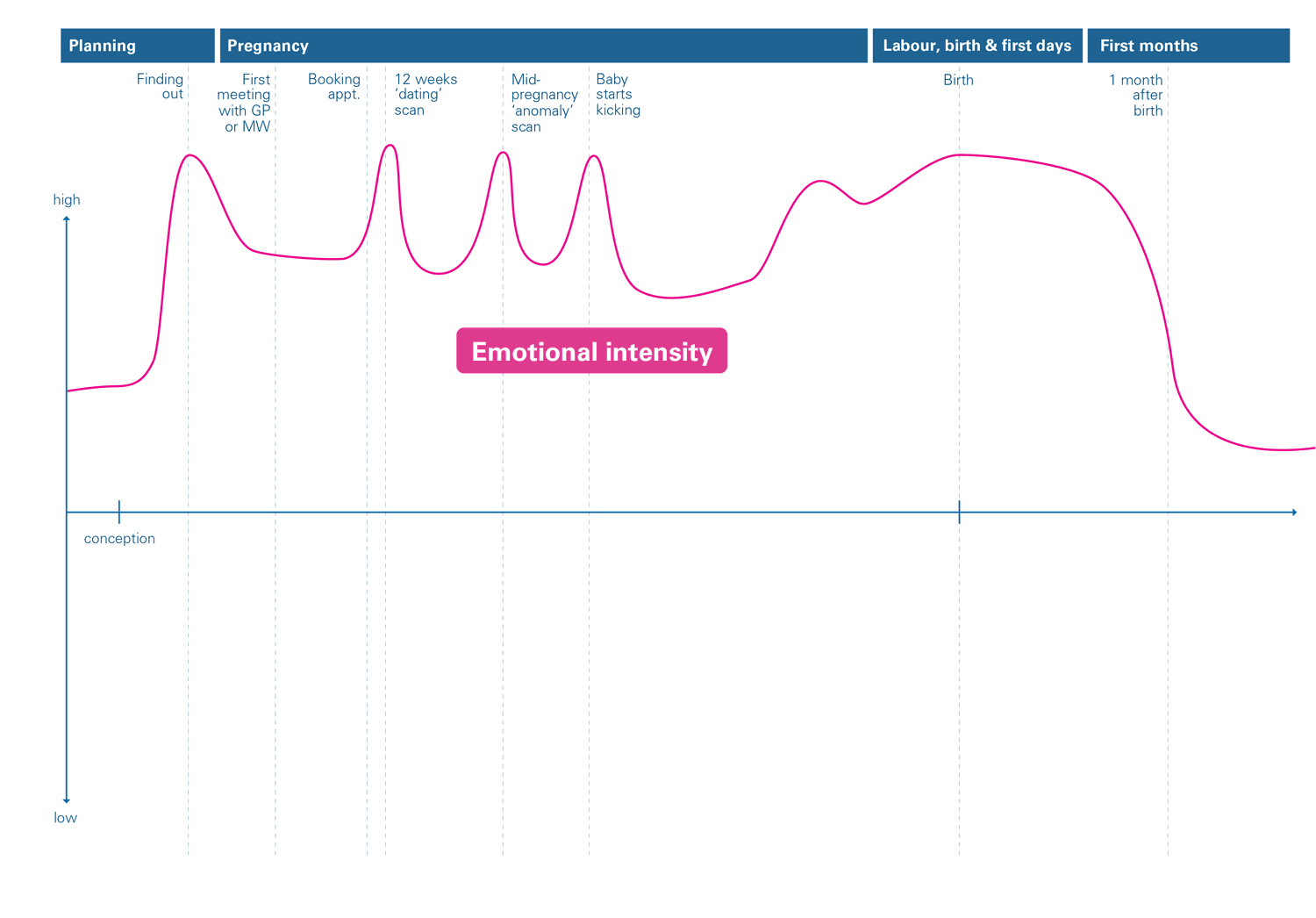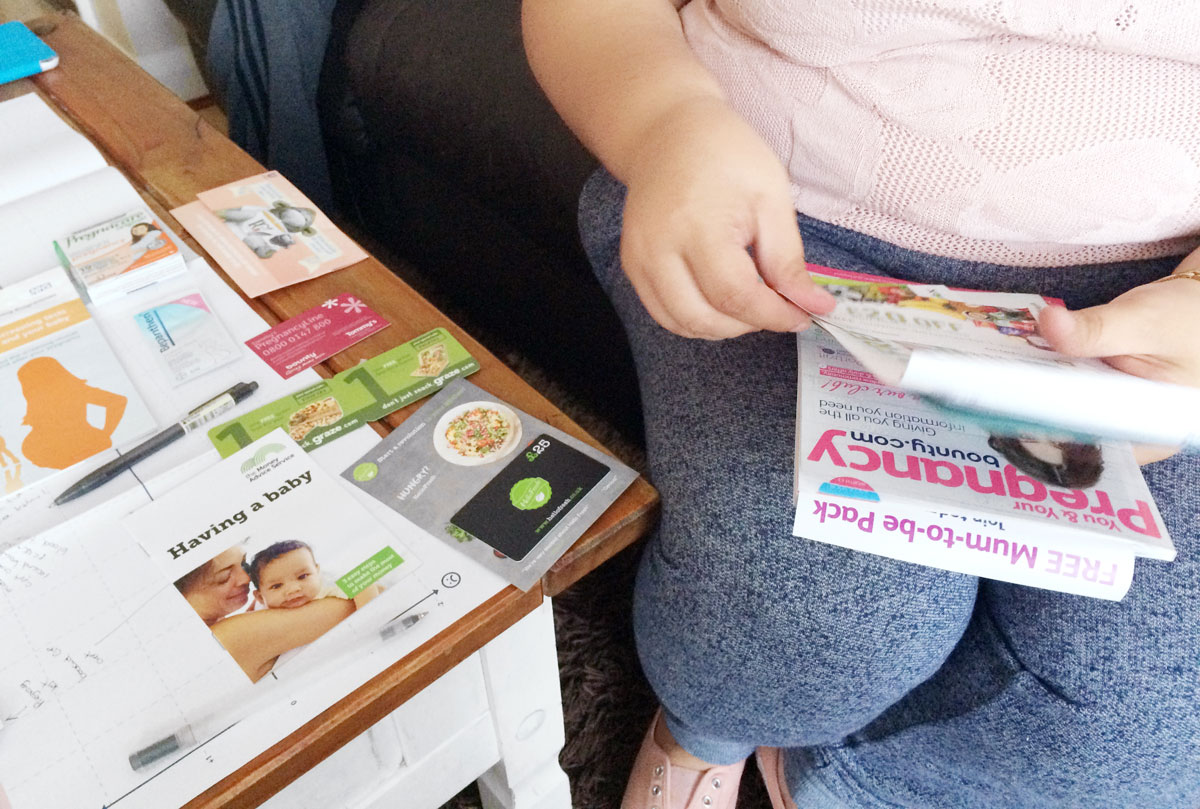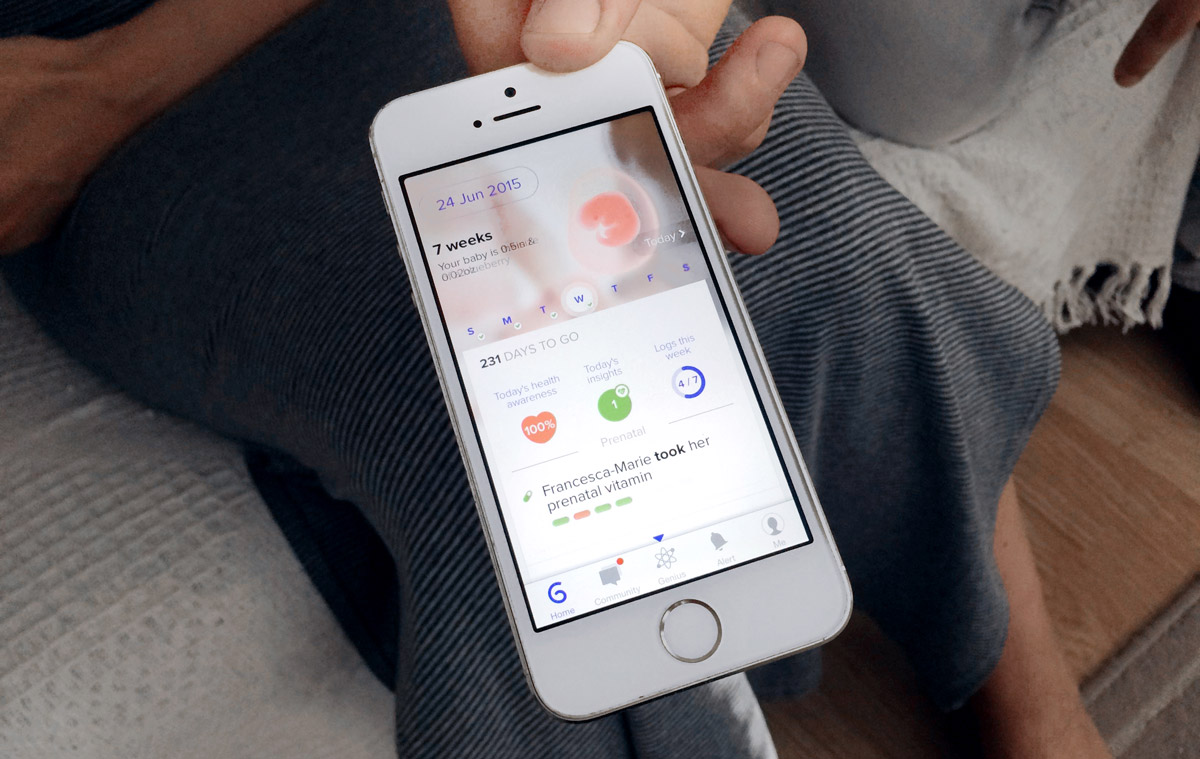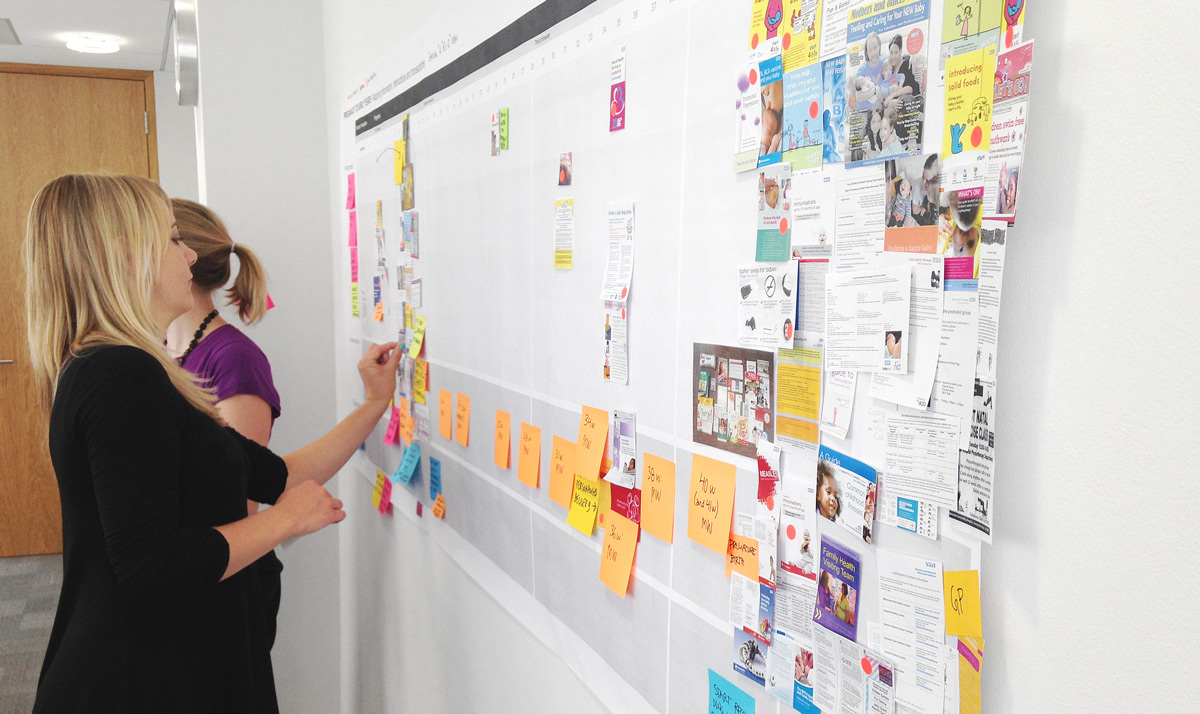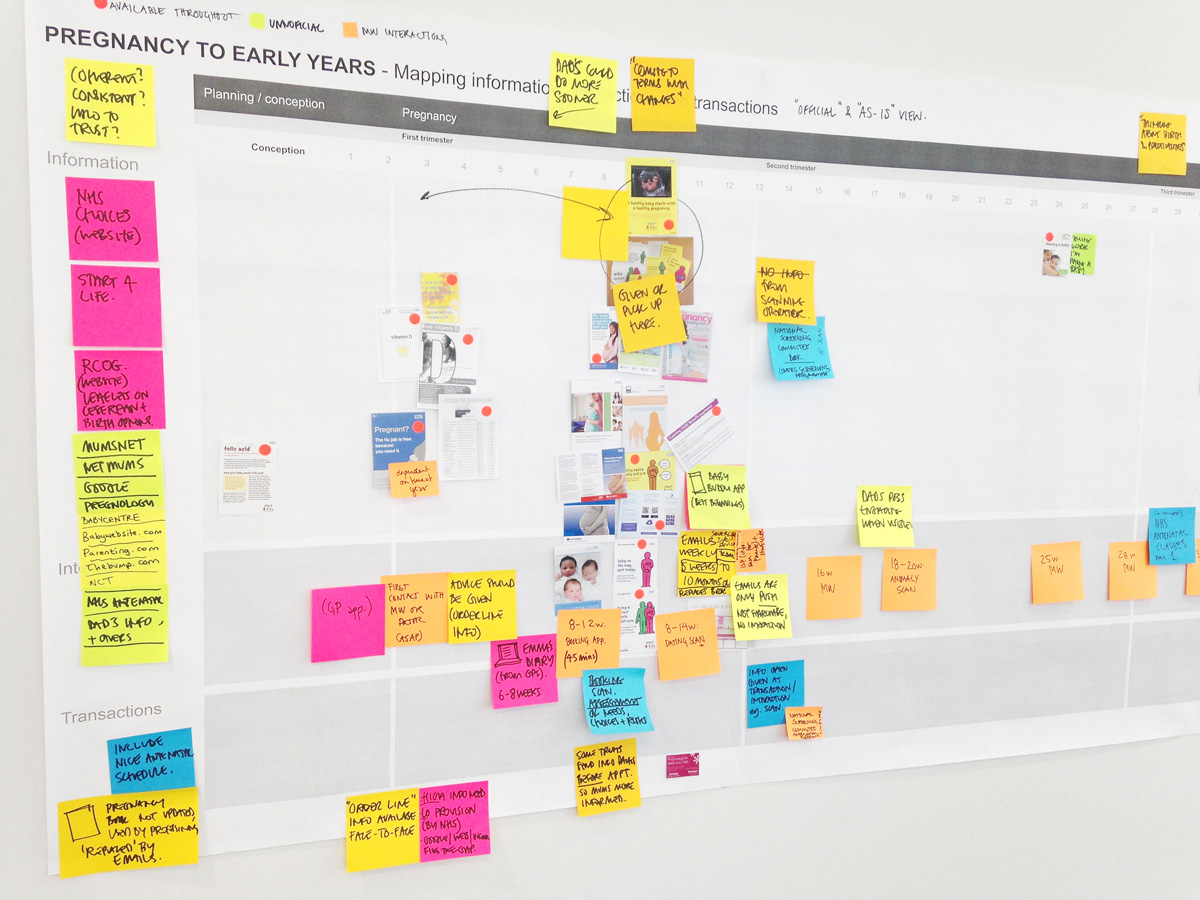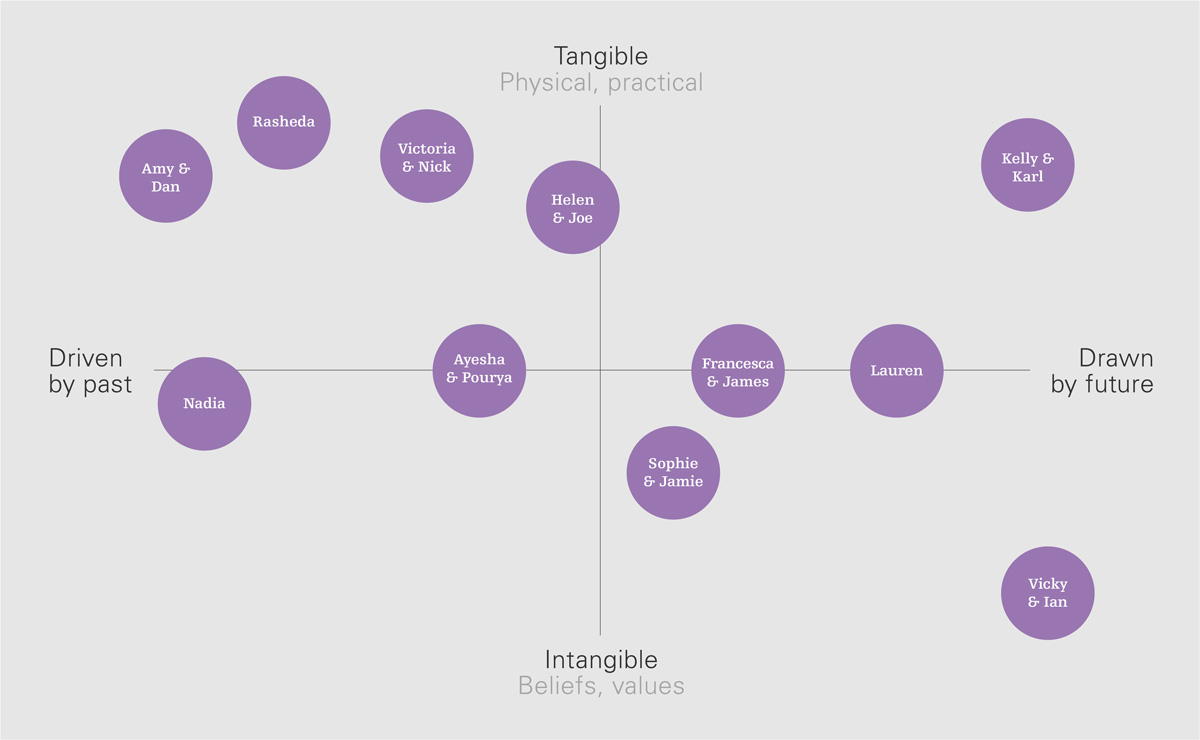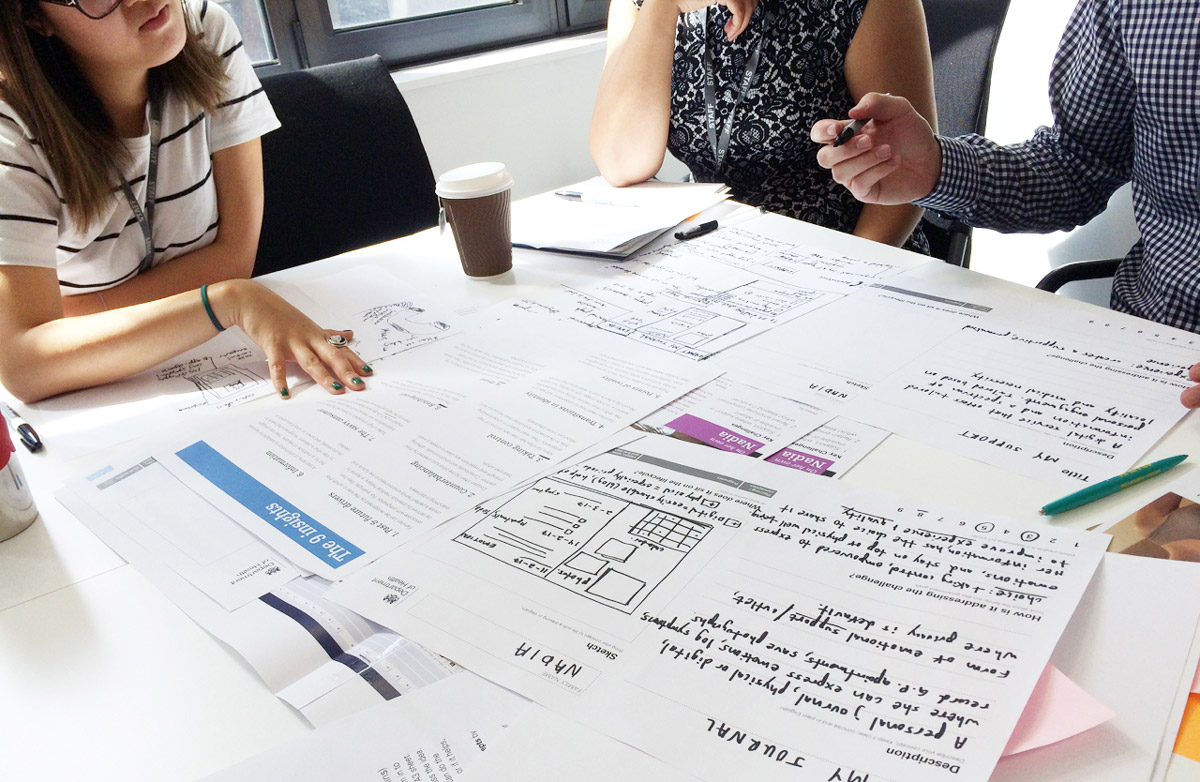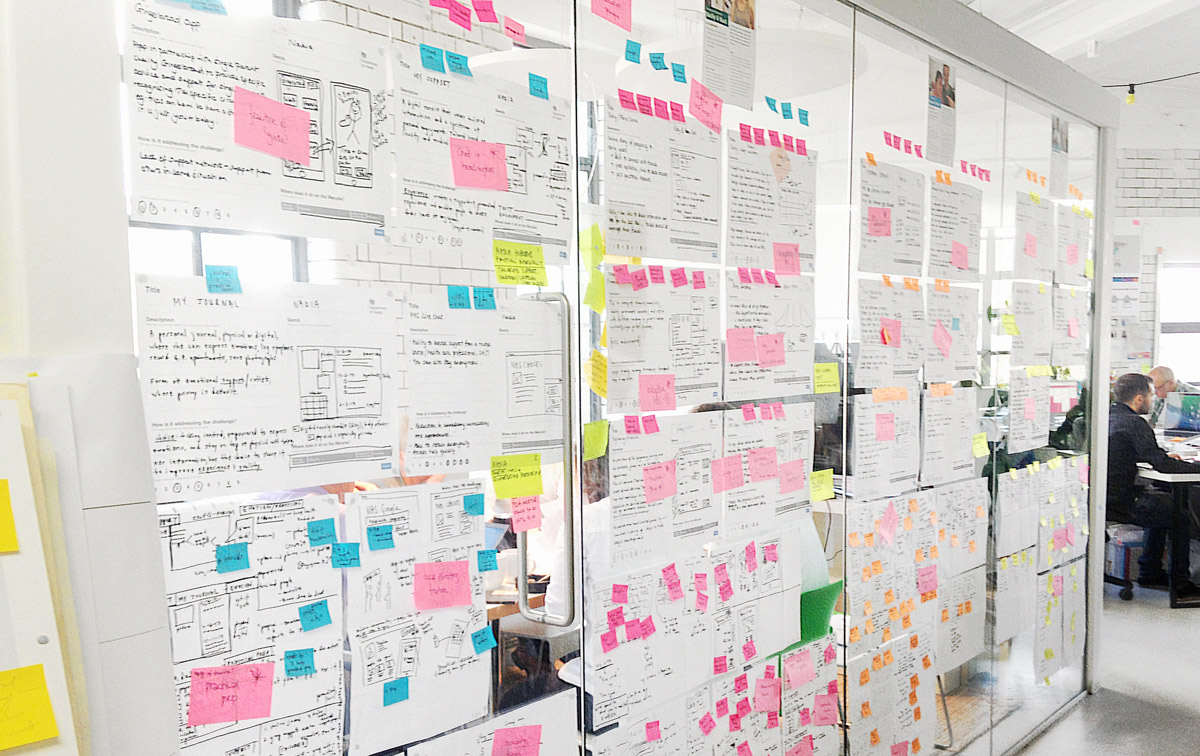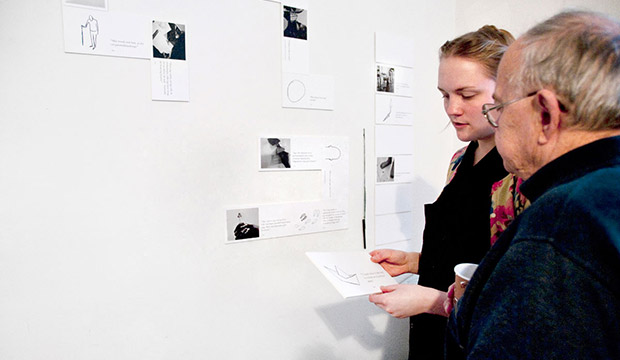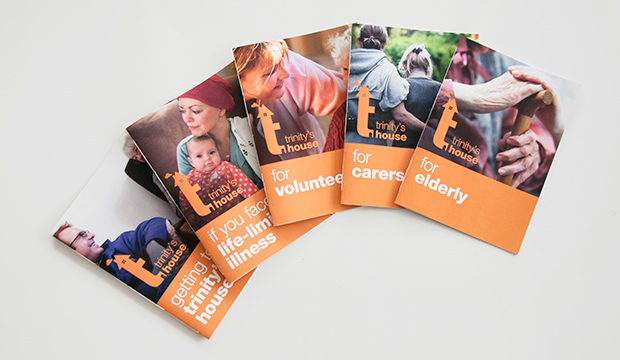The design
Inspired by the research and needs of the people we met, we came up with 12 concepts of how to support families during pregnancy and their first few weeks with the newborn. Out of these, three were identified as having potential, and three (plus an extra) were prototyped. Linking back to the project's particular focus on digital, the prototypes were digital sketches and paper prototypes of mostly online tools that we presented back to some of the families and health professionals in order to collect their feedback. The research and insights themselves were also one of the deliverables; these were collated and shared with the Department of Health and GDS.
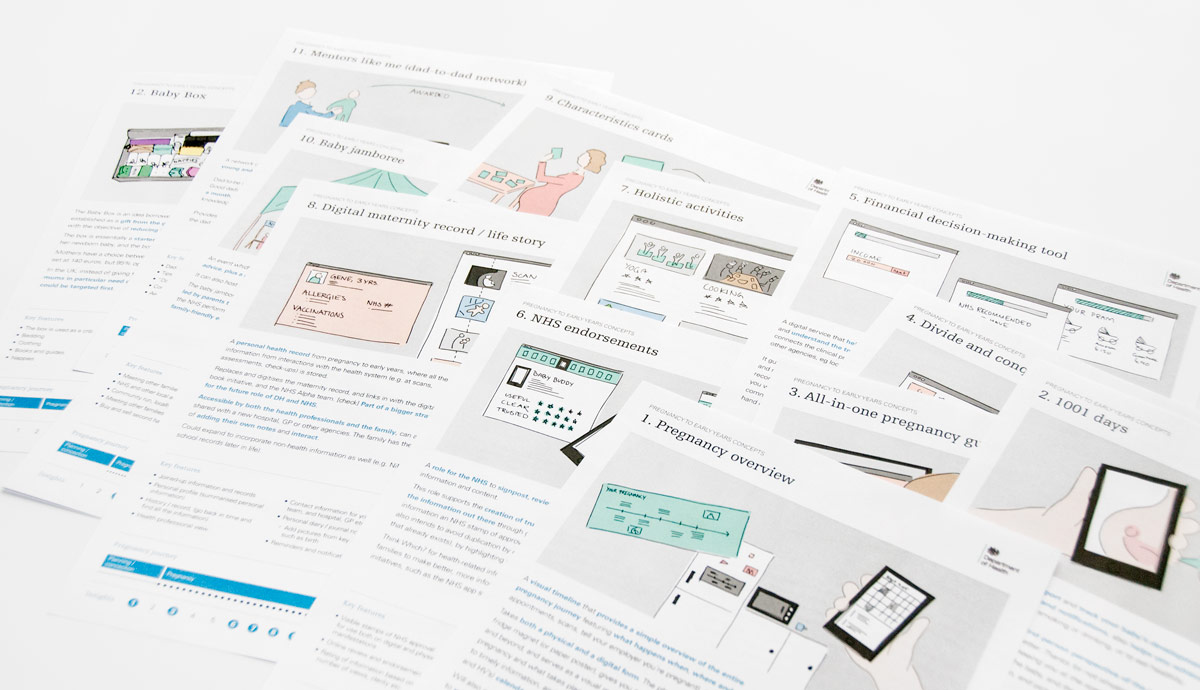
The 12 refined concepts that were presented to our project Steering Group.
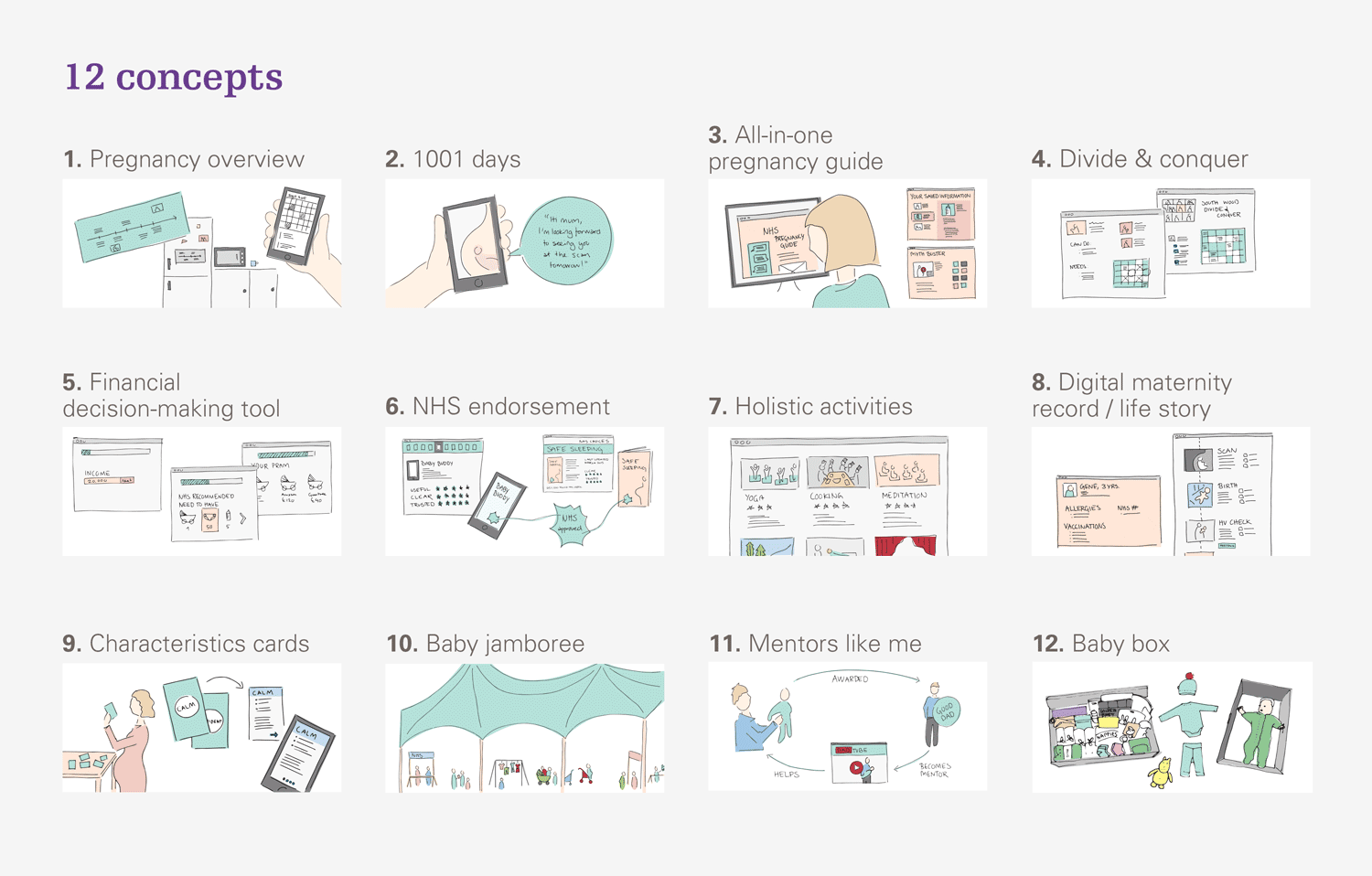
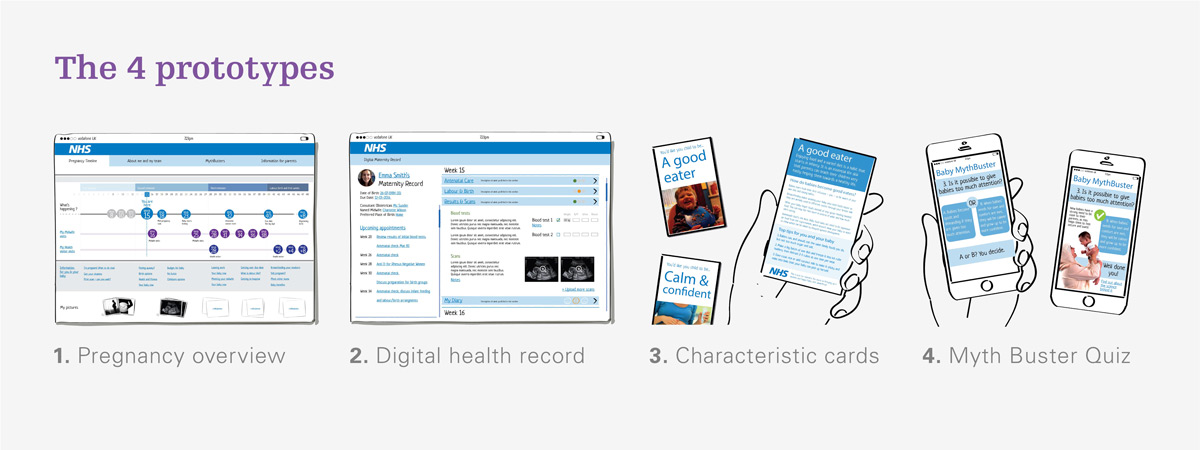
These four concepts were prototyped to elicit feedback from families and health professionals on their usefulness and functionality.
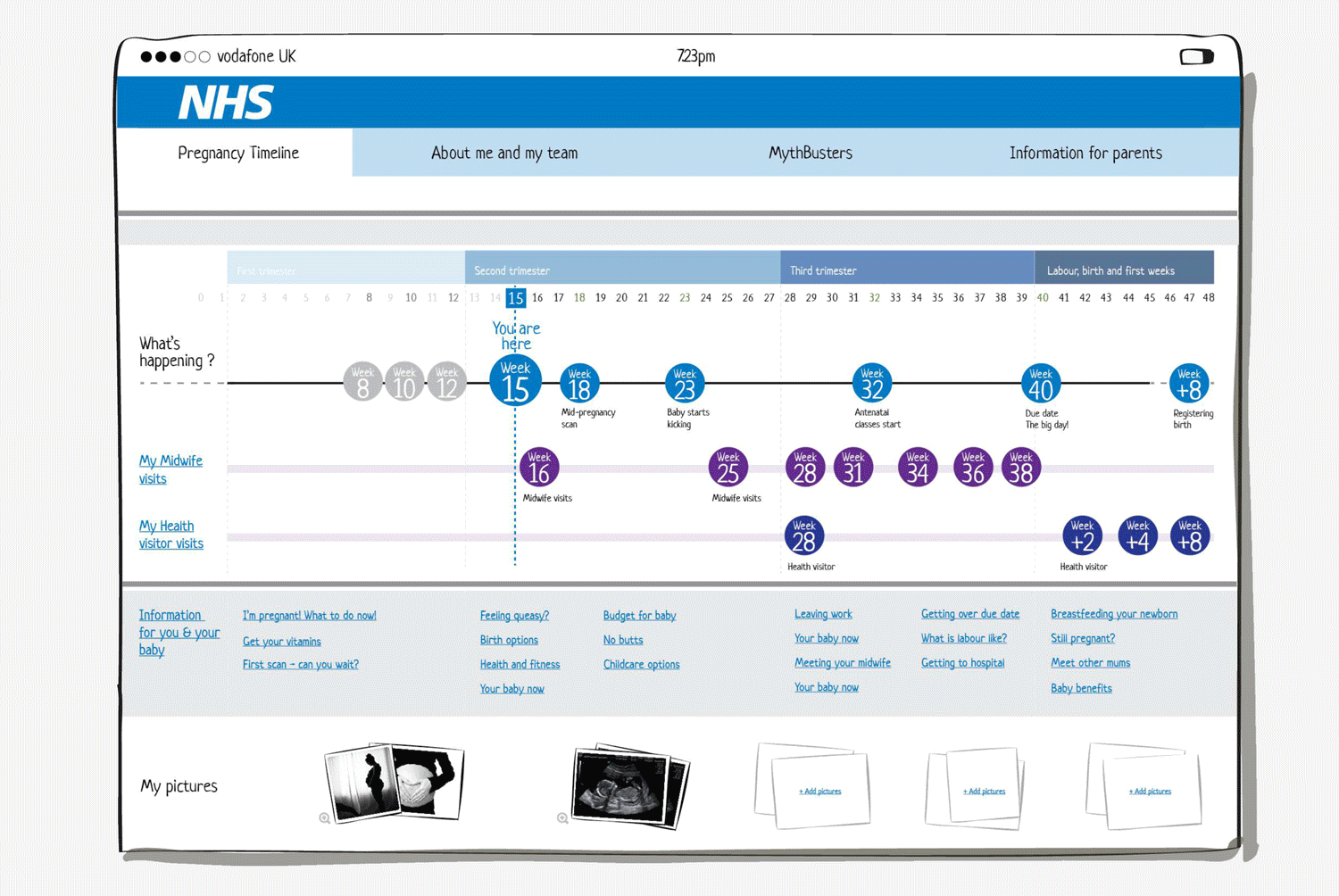
Part of the 'pregnancy overview' prototype, showing the digital version's different functions and pages.

The 'pregnancy overview' paper prototype that we showed to families and health professionals.
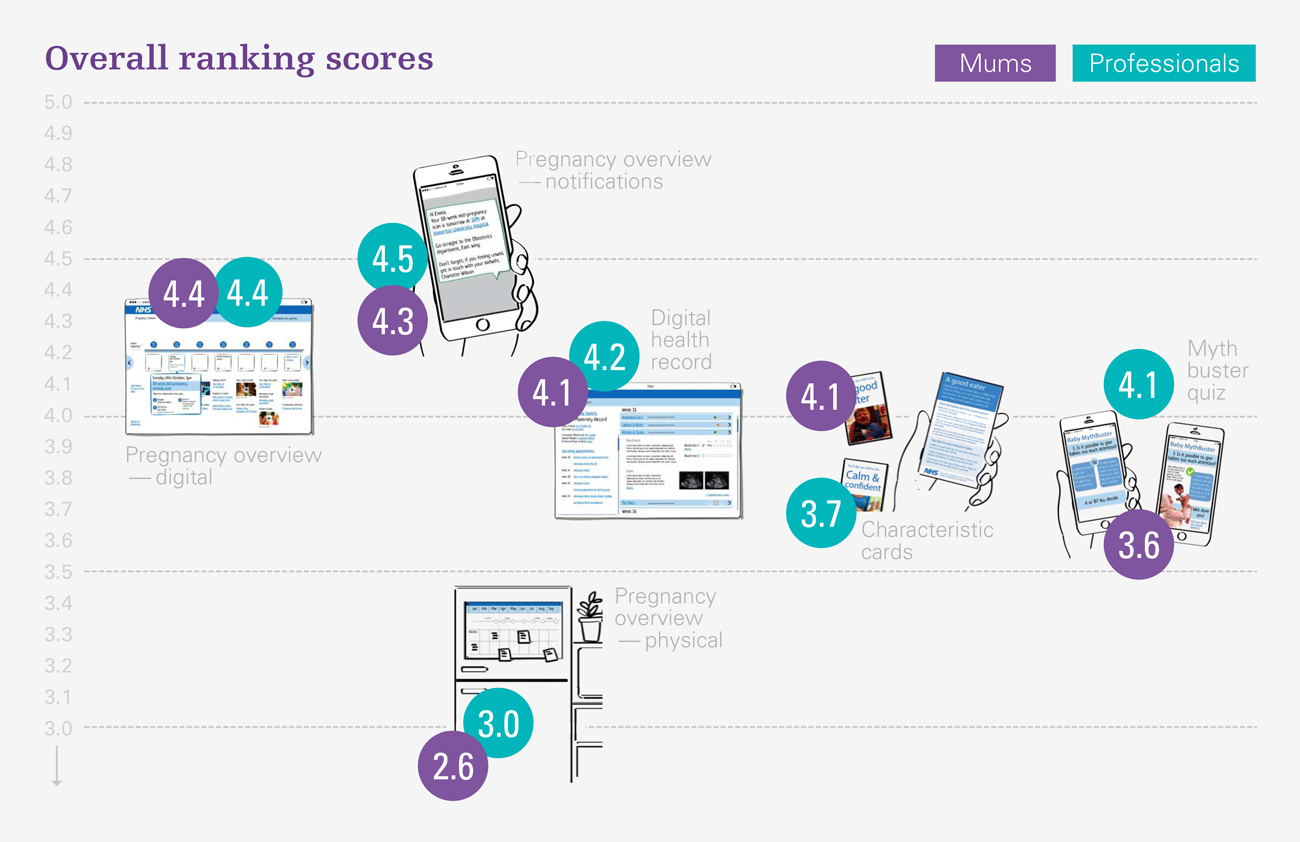
We asked the families and health professionals to rate the usefulness of the prototypes from 1 to 5 (1 being not useful), and asked them if they could see themselves using it, and why (not). This was presented back to the Department of Health along with key feedback on each prototype.
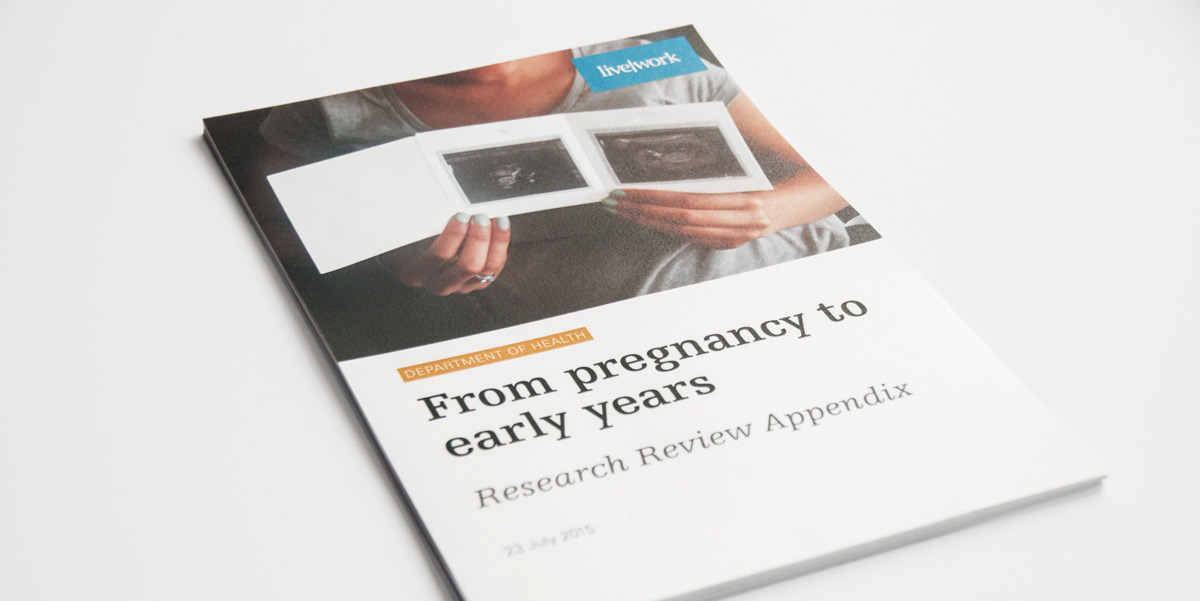
The shareable research document containing the key conclusions, the insights as well as typed up interview notes / summaries of each discussion with families and health professionals. If wishing to go more in depth, the raw video and audio material were also available.
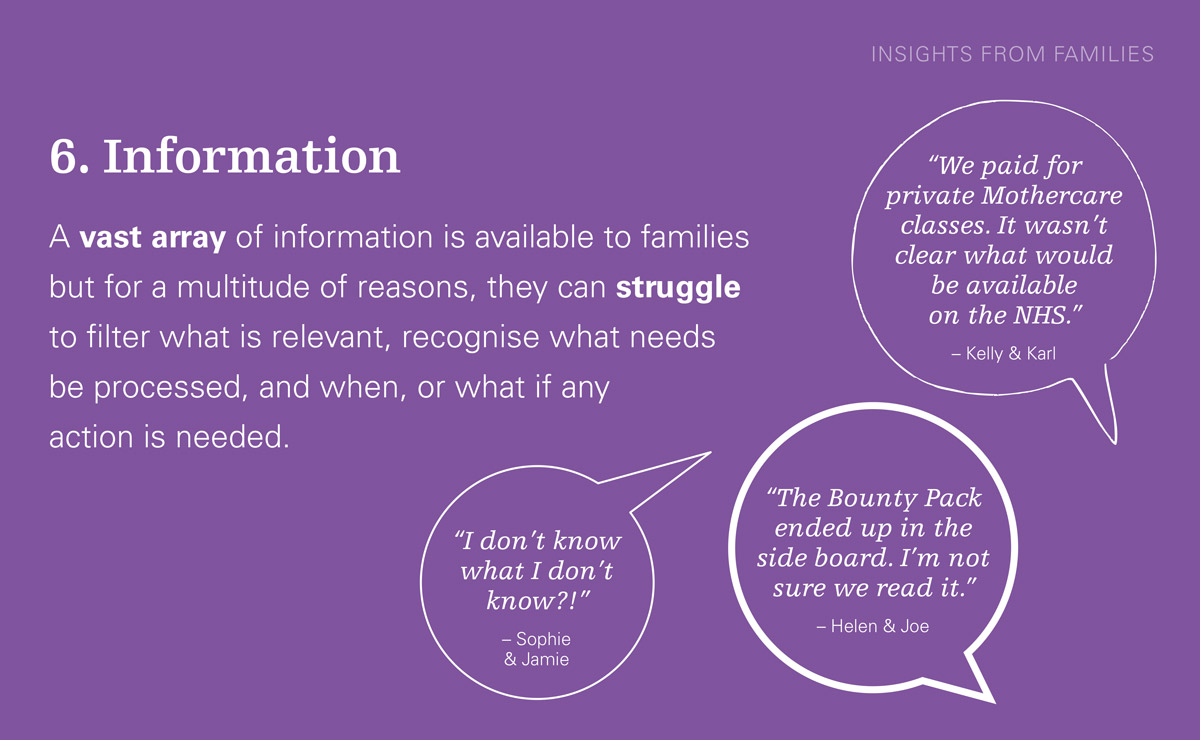
An example of one of the insights. We discovered and presented five insights from health professionals, and nine insights from families. You can flick through all the collated insights here.
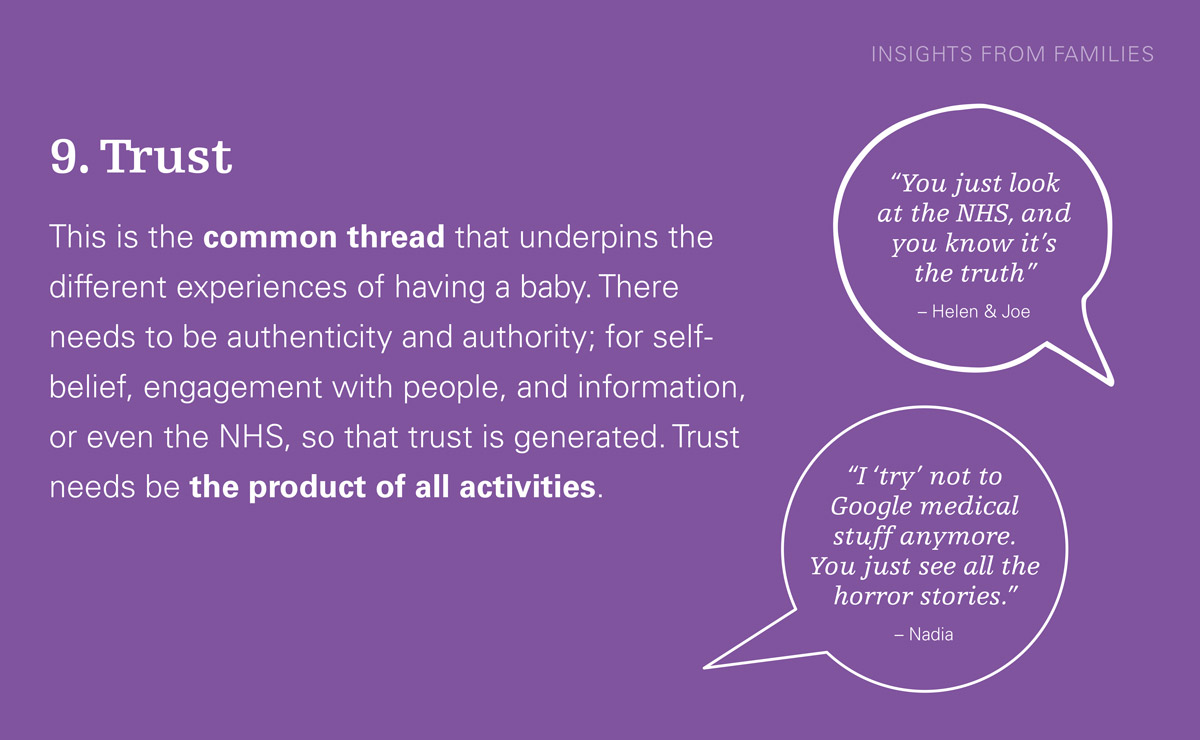
Another example of one of the insights. You can flick through all the collated insights here.
